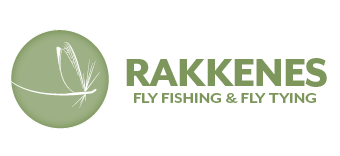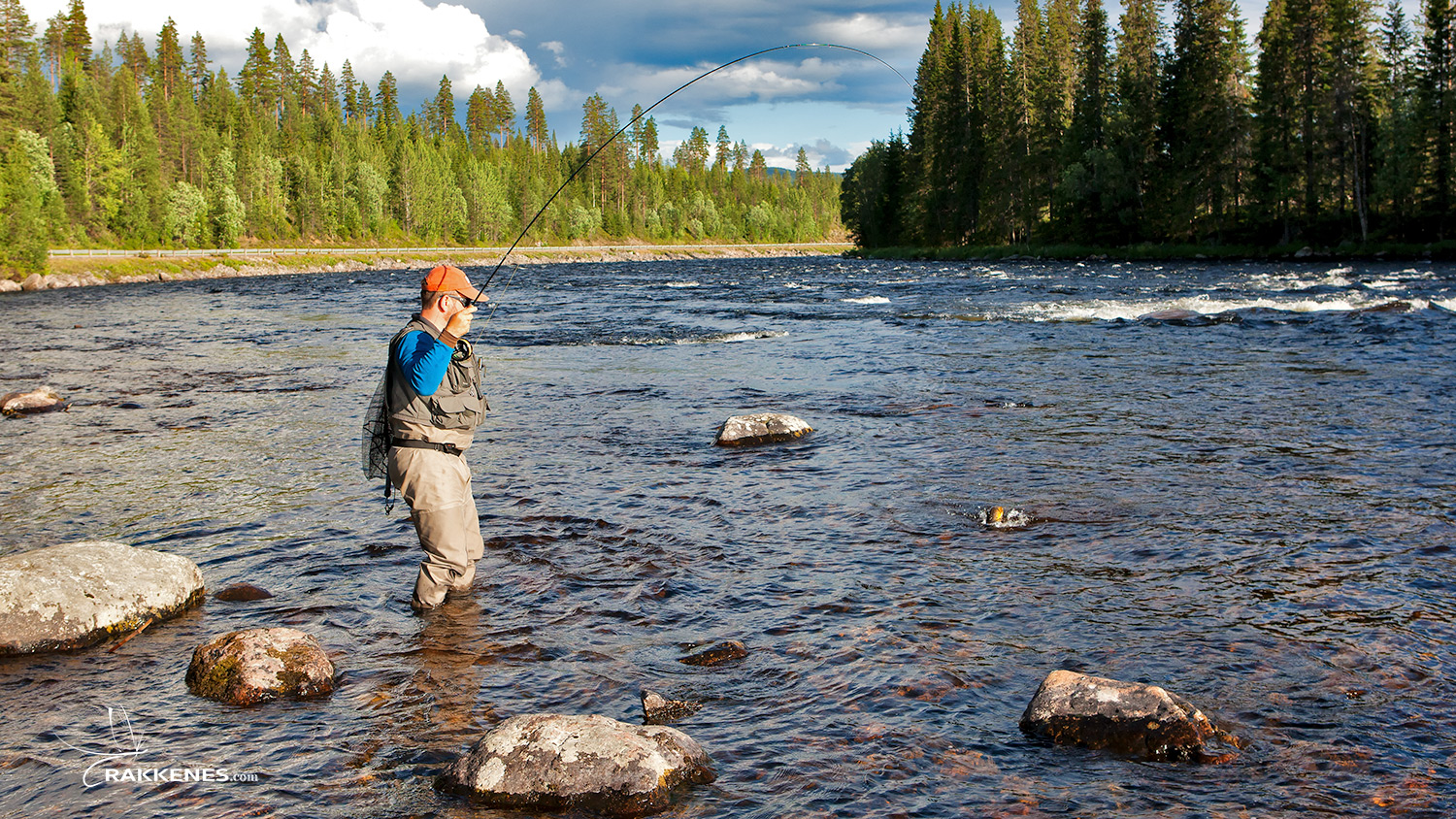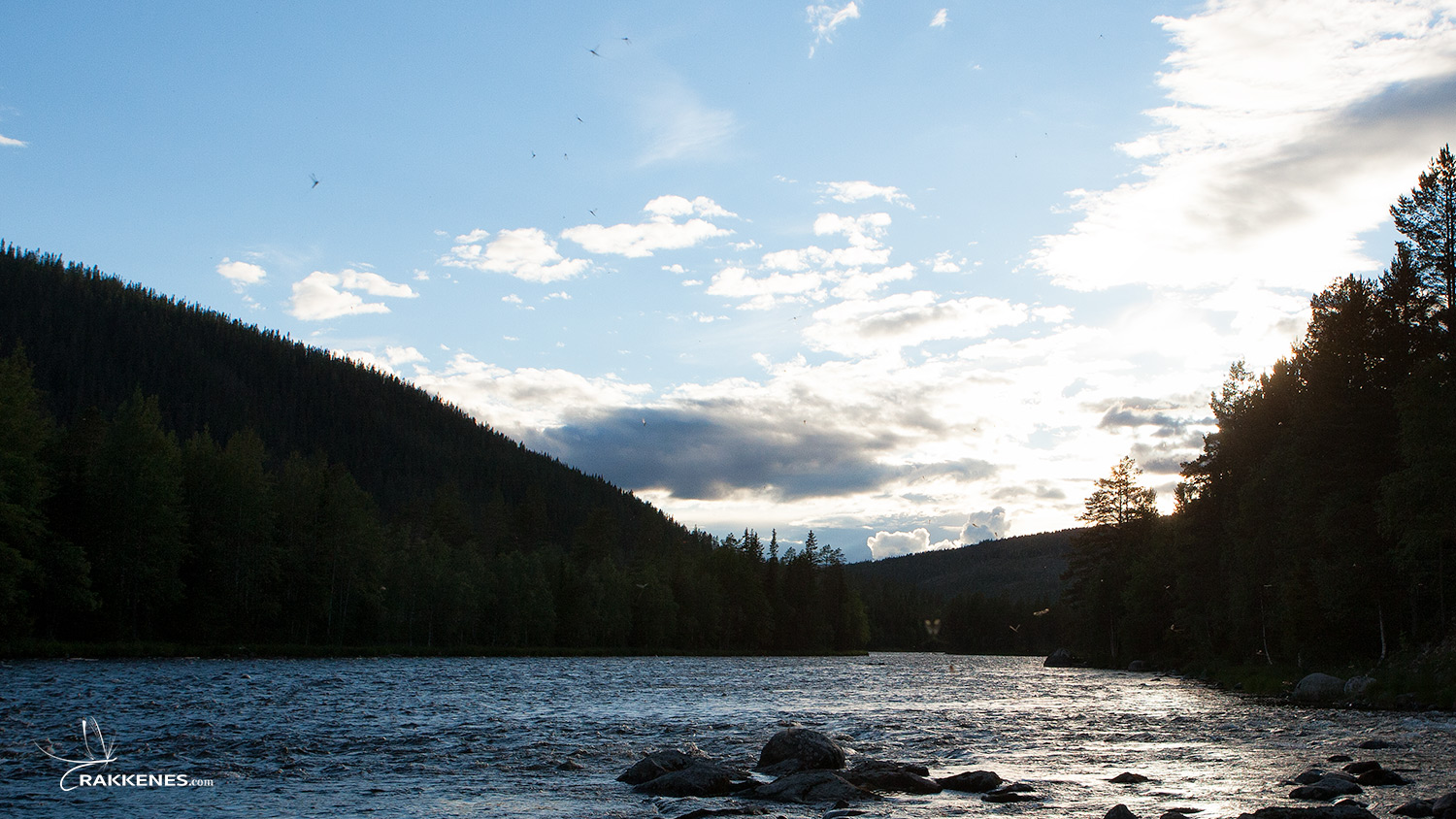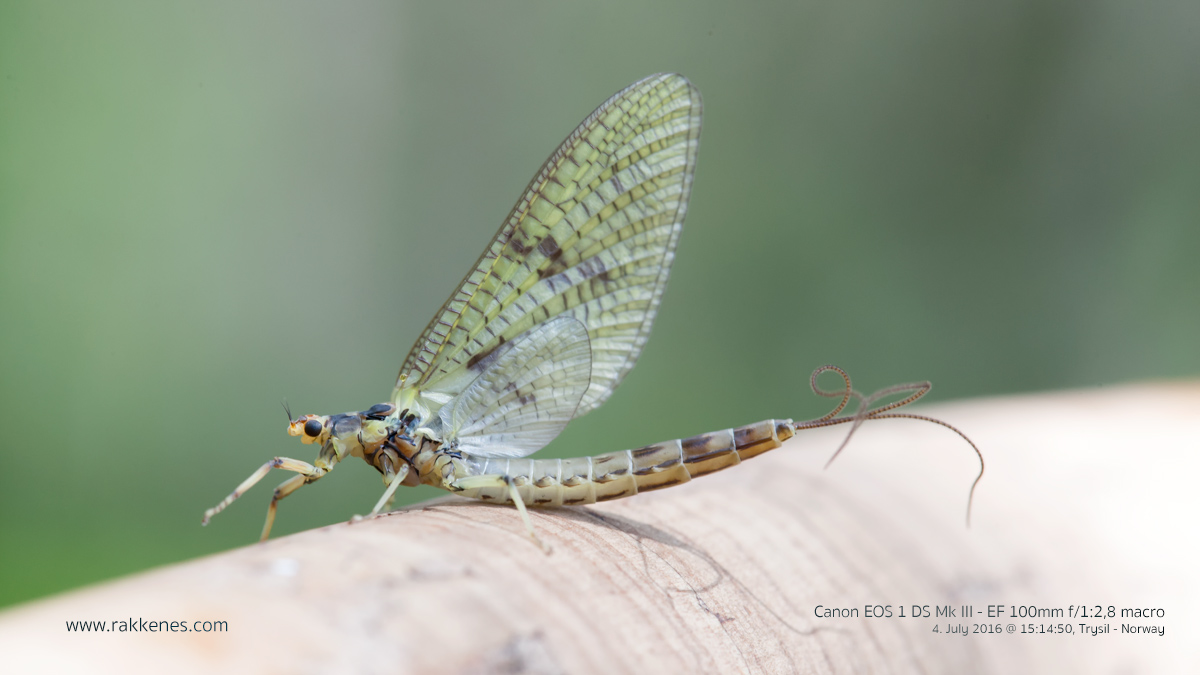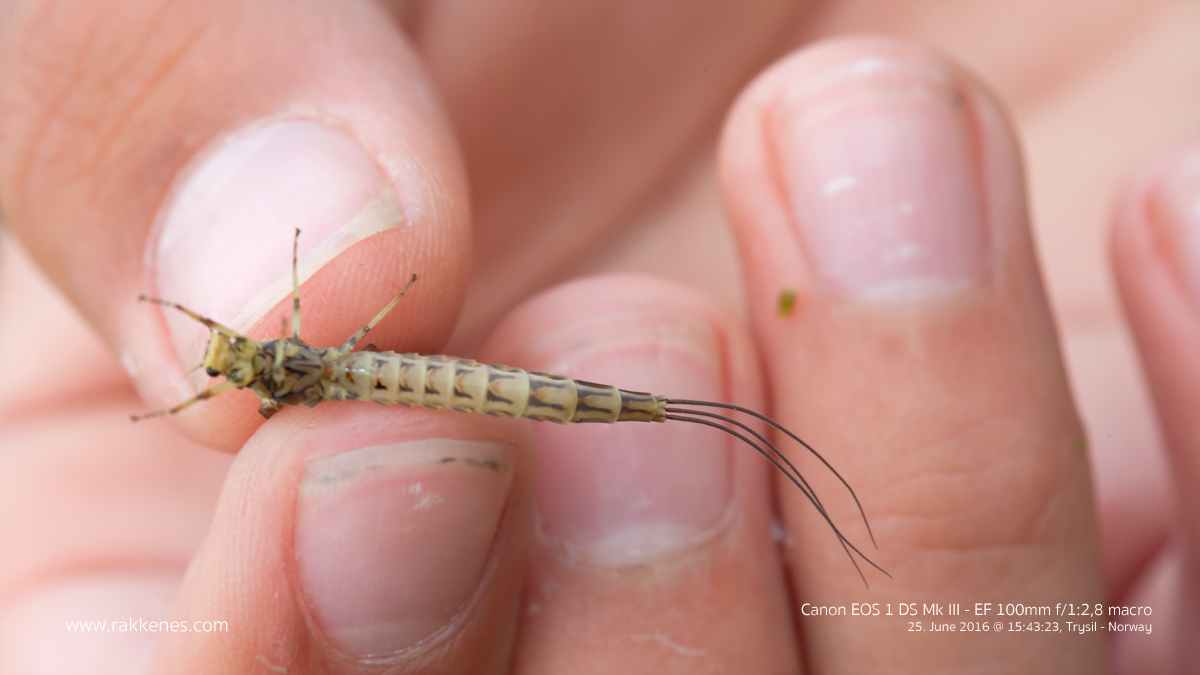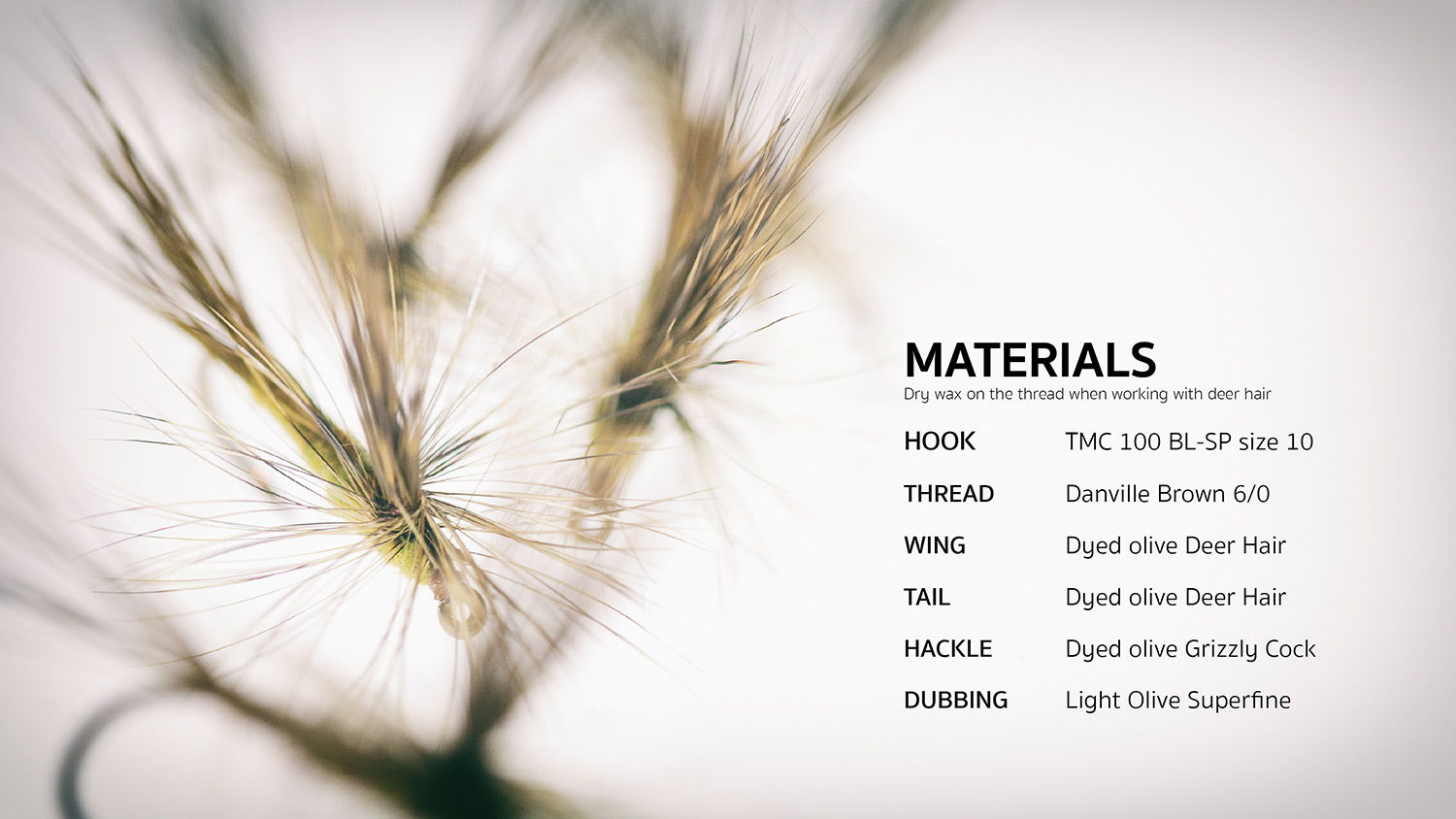Every river has its own flies specially designed for the insects and characteristics of the river. So does the Trysil River in Norway. One of the patterns traditional to the area is the Trysil Danica – a rough pattern extremely efficient on fast water.
It’s an easy and fast tie. Eye candy for fish, but not for the fly tier. Its ordinary but efficient.
The Trysil Dancia is a traditional imitation for the Mayfly (Ephemera Danica) hatch in Trysil, Norway. The imitation is a crude representation of its beautiful alter ego – the Ephemera Danica (Mayfly – Green Drake).
The largest and probably most gracious of the mayflies is imitated and tied in many different and maybe equally beautiful ways. My favorite is tying the fly the way the Irish do – the Irish Mayfly Dun is light and graceful (to be posted later).
Trysil is famous for its Danica hatch. Starting in the south of the river the second week of June, the hatch continuous north as the weeks go by. If you’re stubborn you are able to fish the hatch for at least 4-5 weeks traveling north in the river.
The diverse Trysil River
The river is a diverse organism. The Trysil River takes many forms on her southern journey down the mountain, along the valley past Jordet, Innbygda, Nybergsund and then east to Sweden where she changes name to Klarälven. You’ll find slick and calm, slow flowing stretches where you’ll hear the Danica flapping her wings to the wild and foaming passages where no fly fisherman has ever presented a fly. On average the river is a fast running, shallow river with large boulders making the water foam.
The crude Trysil Danica
With its heavy deer hair tail, wing and cock parachute, the Trysil Danica floats like a cork. It also fishes like a dream on fast water, where size and profile are the most important triggers to a dry fly.
The fly is green – preferably light olive – as a newly hatched dun. Changing colors to a creamy yellow only after a few hours, the olive green mayfly is best suited for the early periods of a hatch cycle.
See the short fly tying video and learn how to tie a fast and efficient mayfly dun.
